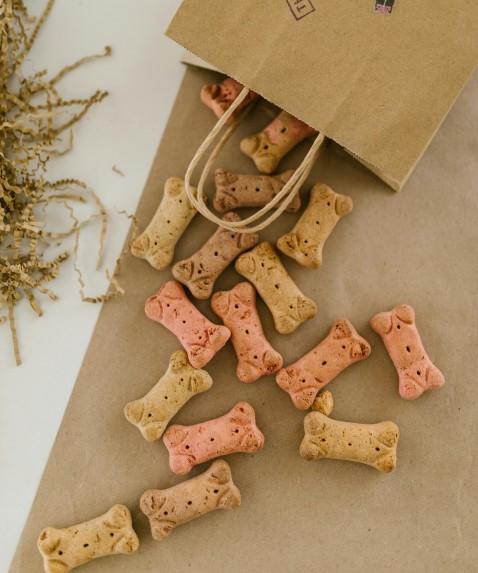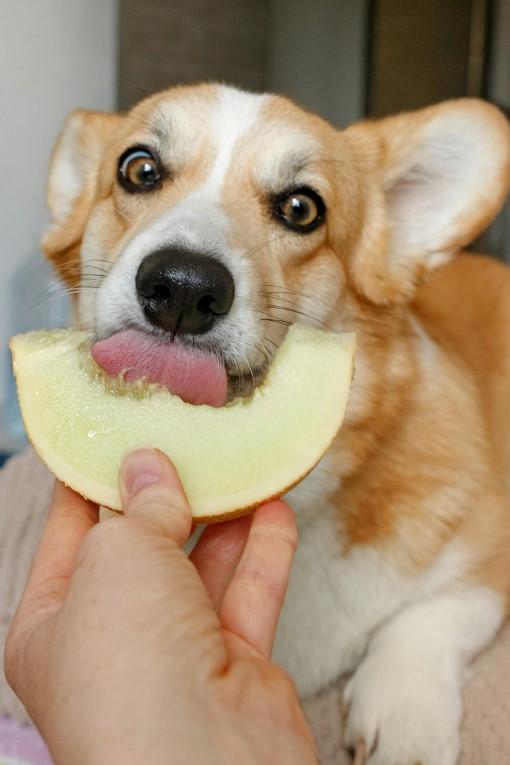Importance of Pet Nutrition
Picture this: those eager puppy eyes or the soothing purrs of your feline friend welcoming you home—our pets bring unparalleled joy to our lives. Now, imagine unlocking the secrets to not just a happy but a healthier life for your beloved pets. The journey begins with a simple but profound aspect: their nutrition.
Embarking on this journey with us, we delve into the intricacies of pet nutrition. This article is more than a guide; it’s an unveiling of the secrets that will not only contribute to a healthier, happier furry friend but also strengthen the unbreakable bond you share. From understanding the fundamental nutrients to decoding complex food labels, we’re here to demystify the world of pet nutrition, ensuring you can make informed choices that positively impact your pet’s well-being. Together, let’s uncover the path to optimal pet health through the power of nutrition.
Understanding Pet Dietary Needs
Pet nutrition is the cornerstone of their overall health and happiness. Just like us, what our pets eat plays a pivotal role in their vitality, longevity, and emotional well-being. A well-balanced diet provides the essential nutrients necessary for proper growth, energy levels, and disease prevention. It’s not just about filling their bowls; it’s about crafting a menu that caters to their unique dietary needs.
Our pets rely entirely on us to make the right choices for their nutrition, making it a responsibility that goes beyond the routine. From luscious coats to robust immune systems, the effects of optimal nutrition are evident in every wag of a tail or contented purr. Yet, the world of pet food can be overwhelming, with countless options and conflicting information.

Essential Nutrients for Pets
Proteins
Proteins are the building blocks of life for our pets. Essential for growth, repair, and maintenance of tissues, a protein-rich diet ensures your furry friend has the strength and vitality they need. Whether sourced from high-quality meat, fish, or plant-based alternatives, adequate protein intake is crucial for supporting muscle development and overall well-being.
Carbohydrates
Often misunderstood, carbohydrates are a vital energy source for pets. While dogs and cats are primarily carnivores, they can benefit from carbohydrates in the form of whole grains and vegetables. These complex carbohydrates provide sustained energy, aid in digestion, and contribute to overall nutritional balance.
Fats
Contrary to common misconceptions, fats are essential for pets’ health. They play a key role in maintaining healthy skin and coat, supporting cognitive function, and providing a concentrated source of energy. Opt for healthy fats like omega-3 and omega-6 fatty acids, found in fish oil and flaxseed, to promote a glossy coat and support various bodily functions.
Vitamins and Minerals
Vitamins and minerals are the micronutrients that keep your pet’s body functioning optimally. From vitamin A for vision to calcium for bone health, a well-rounded diet should encompass a variety of fruits, vegetables, and quality pet food to ensure your pet receives the necessary vitamins and minerals for a flourishing life.

Decoding Pet Food Labels
Decoding pet food labels is essential for providing your furry friend with optimal nutrition. When interpreting ingredient information, we need to be vigilant about common fillers and also watch out for artificial additives, colors, and preservatives.
Selecting the right brand is crucial in understanding pet food labels as some manufacturers prioritize cost over nutritional value. Decoding pet food labels empowers you to ensure your pet receives optimal nutrition. By scrutinizing ingredient lists, avoiding fillers and additives, and choosing quality brands, you take control of your pet’s diet, promoting their overall health and happiness.
You can learn more about why it’s important to be aware of Pet Food labels and How to find the right Pet food for your furry friend by visiting the dedicated blogs we have for these topics.
Homemade vs. Commercial Pet Food
Homemade diets offer the advantage of control over ingredients that go into the food you serve your dog but it can often lead to nutritional deficiencies since crafting a well-balanced meal requires careful planning and understanding of your pet’s nutritional requirements.
High-quality commercial pet food offer convenient and nutritionally balanced options for pet owners but can include lots of fillers and additives that are not good for your pet’s health. Reading and understanding the labels play a crucial role in selecting high-quality commercial options.
The key to optimal pet nutrition often lies in finding a balance between homemade and commercial options. Combining the convenience of commercial pet food with the personalized touch of homemade meals can offer a comprehensive and diverse diet for your furry friend. You can checkout our guide to homemade food for your Dog to get a better understanding of how you can craft that healthy and nutritional meal for your pet.

Tips for Transitioning to a New Diet
Gradual Introductions
Transitioning your pet to a new diet requires a thoughtful and gradual approach to ensure their digestive system adapts smoothly. Abrupt changes can lead to stomach upset or refusal to eat, causing unnecessary stress. To facilitate a successful transition, gradually introduce the new food by mixing it with their current diet. Start with a small proportion of the new food, increasing it incrementally over several days. This method allows your pet’s palate and digestive system to acclimate to the changes without causing discomfort.
Monitoring Pet’s Response
Pay close attention to your pet’s response during the transition period. Observe changes in their behavior, energy levels, and any signs of digestive issues such as vomiting, diarrhea, or changes in stool consistency. While it’s normal for pets to experience minor adjustments, persistent issues may indicate that the new diet isn’t well-suited for them. Keep a journal noting any notable changes, and consult your veterinarian if you have concerns about their well-being.
Additionally, monitor your pet’s weight and coat condition during the transition. Positive changes, such as a shinier coat or increased energy, can indicate that the new diet is providing the necessary nutrients for optimal health.
Encouraging Responsible Pet Nutrition Practices
As we conclude this exploration, it’s essential to emphasize the significance of responsible pet nutrition practices. Our pets rely on us to make thoughtful choices that contribute to their vitality and longevity. By prioritizing balanced diets, choosing high-quality pet food, and considering the individual needs of our pets, we actively participate in their journey toward optimal health.
Responsible pet nutrition practices extend beyond selecting the right food. Regular veterinary check-ups, monitoring portion sizes, and observing our pets for any signs of allergies or discomfort are integral components of responsible pet ownership. Nurturing their well-being through nutrition is an act of love, ensuring they lead fulfilling and joyous lives.
As caring pet owners, let us commit to the well-being of our furry companions. The journey to optimal pet health through nutrition is ongoing, filled with opportunities to learn and grow together. Embrace the responsibility of providing the best nutrition for your pets, and consider each meal as a chance to strengthen the bond you share.



